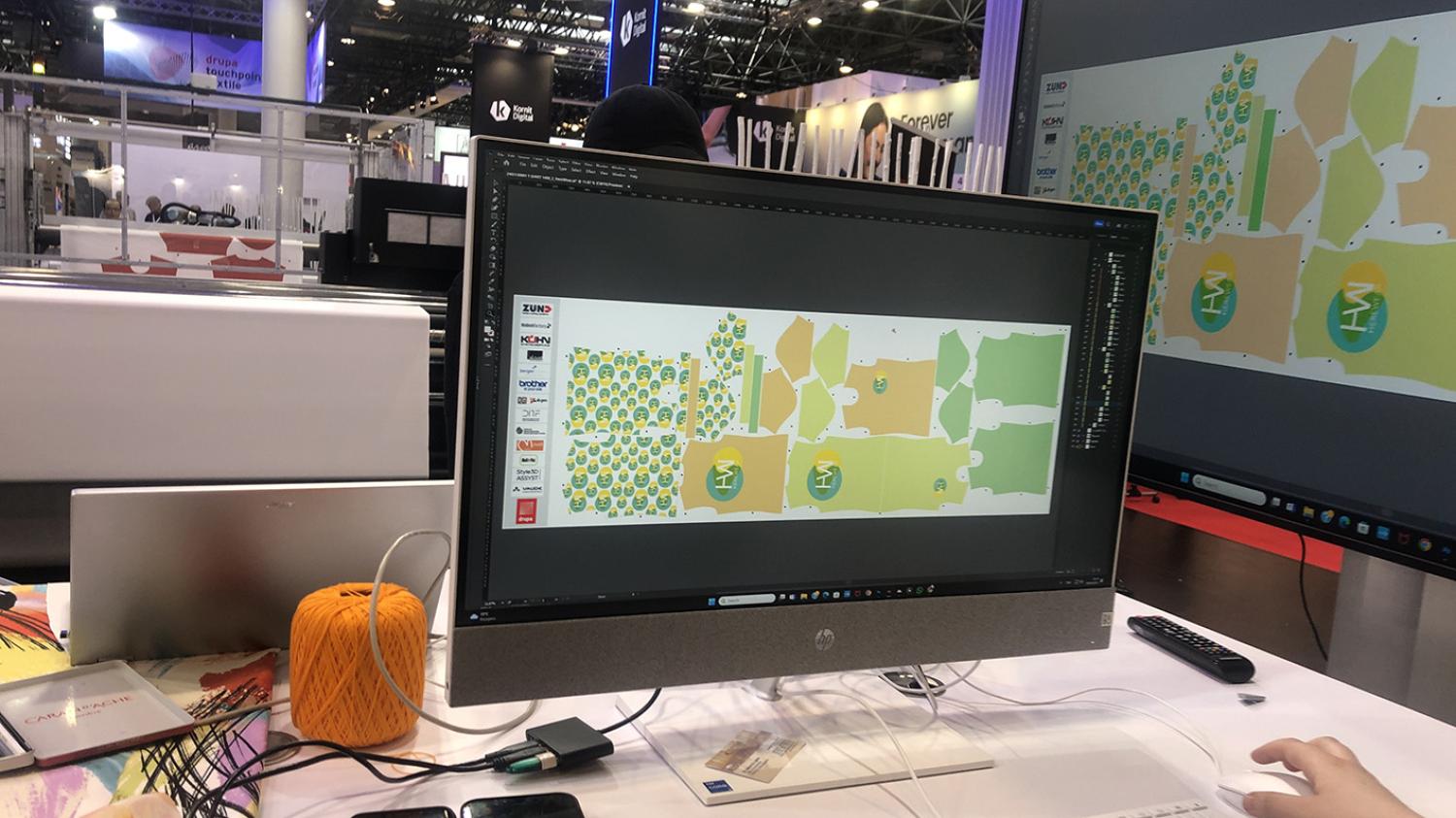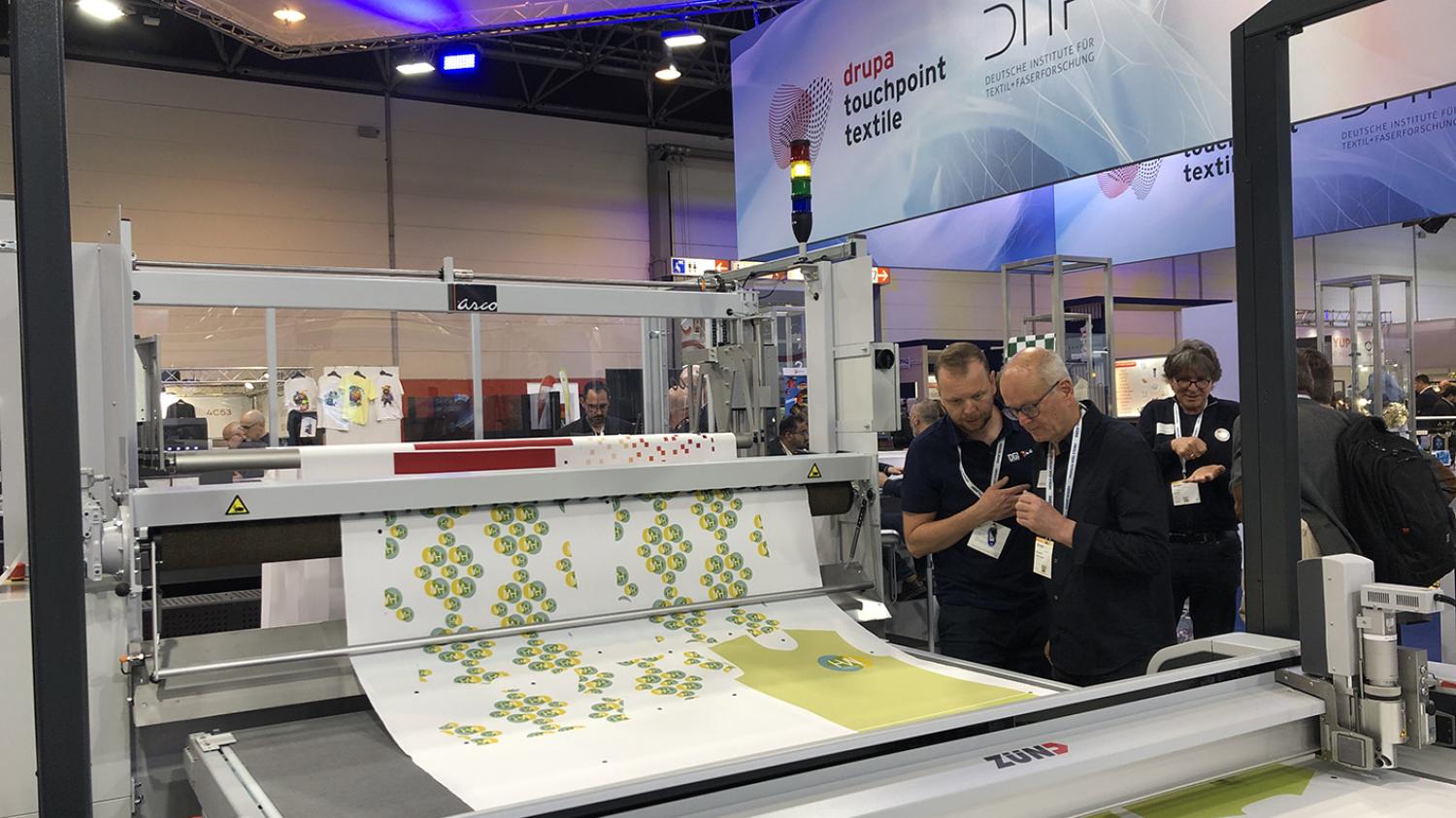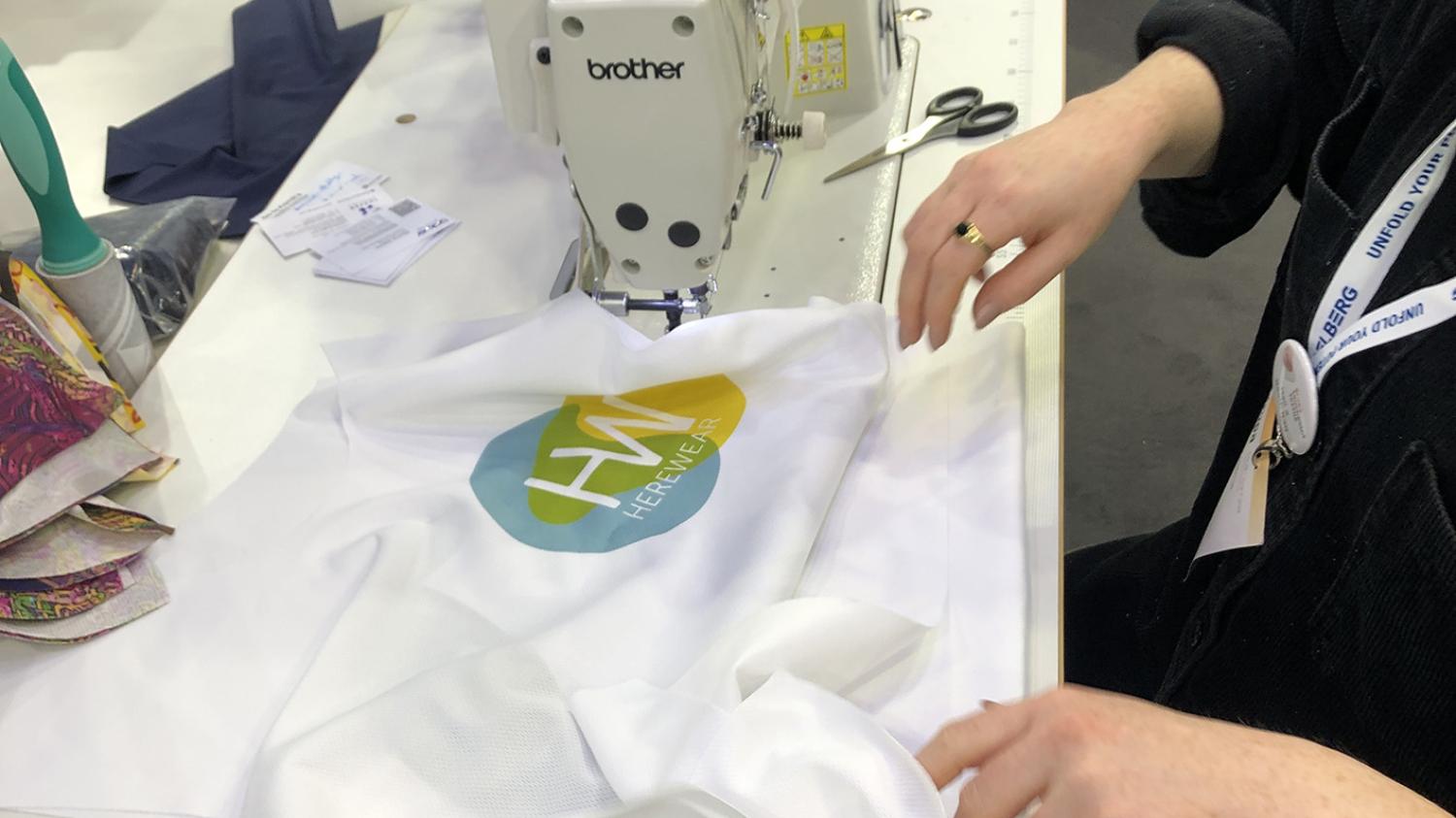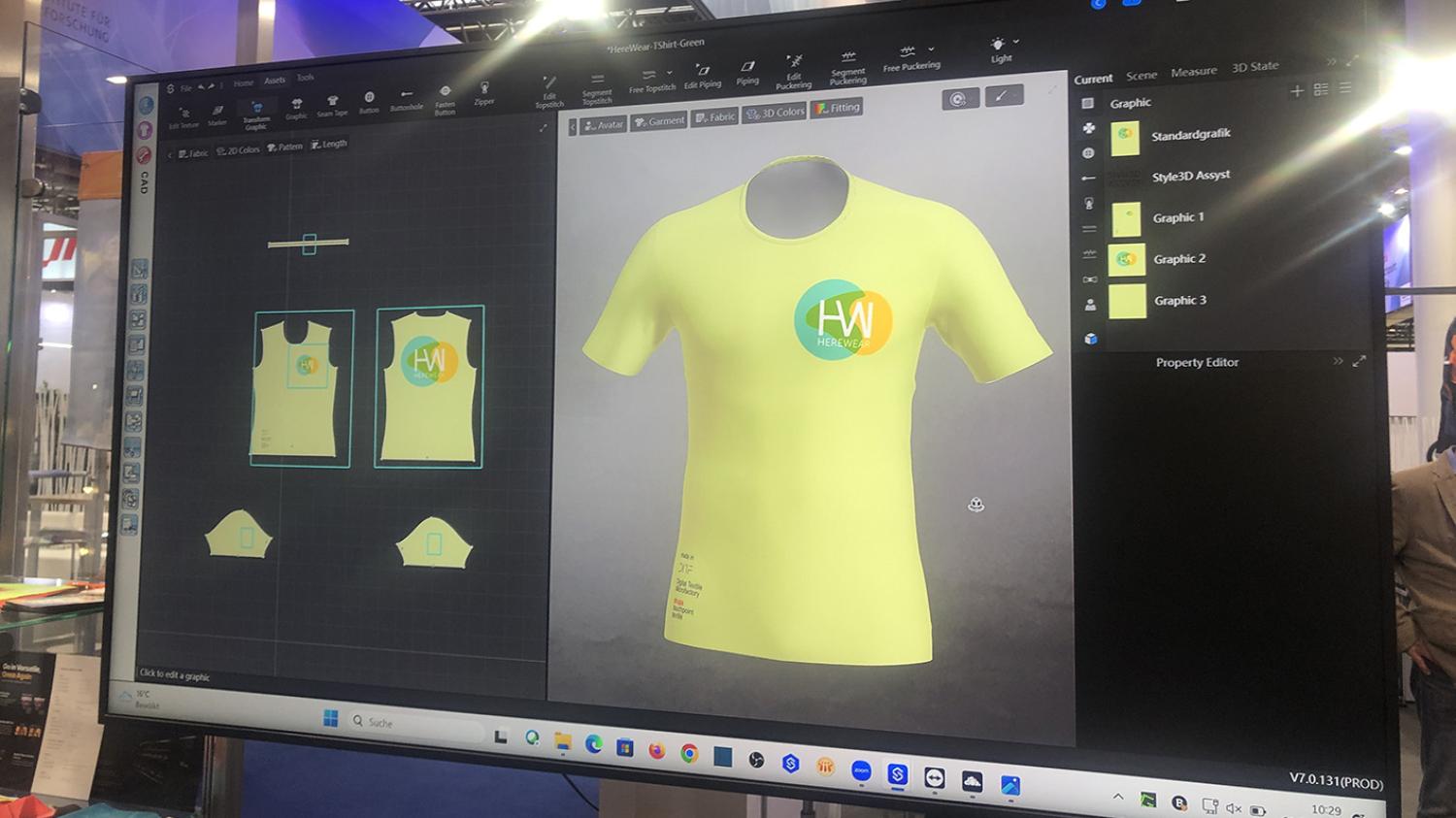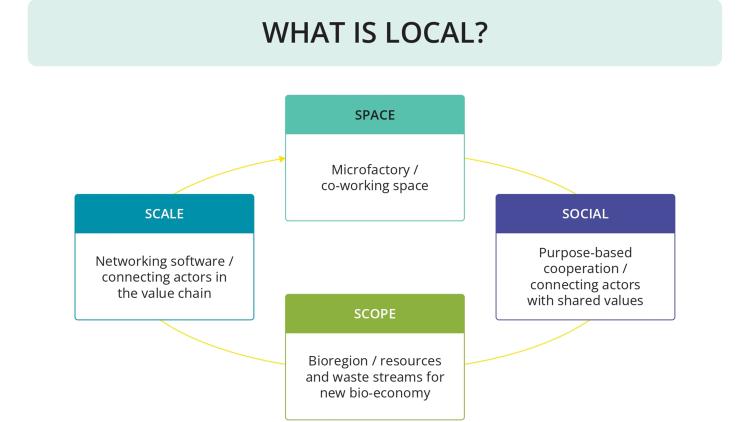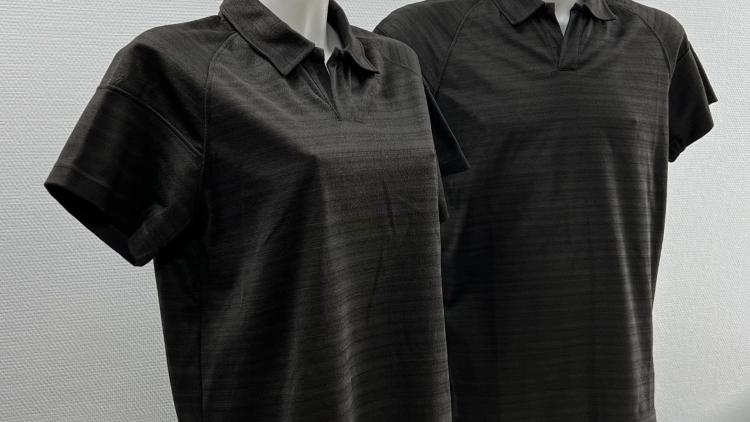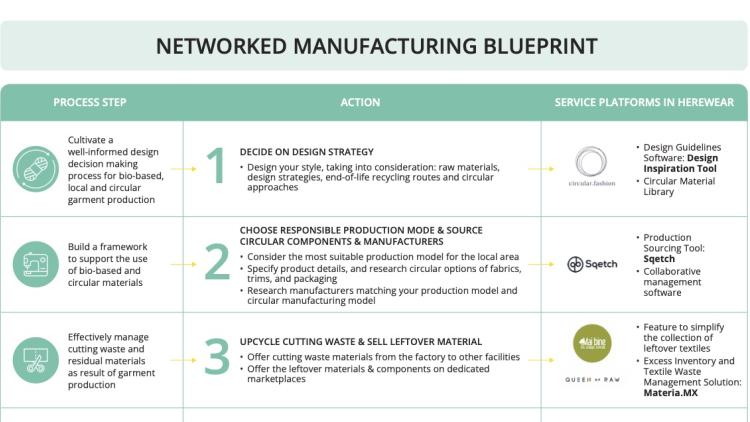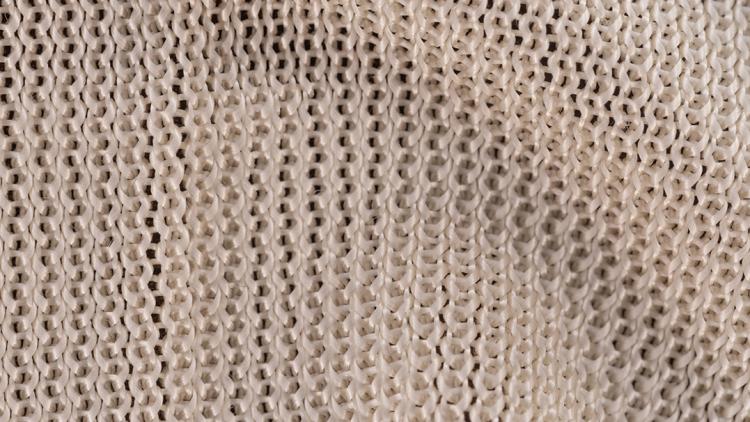Microfactory
A textile microfactory is a small production unit that integrates design, development and production of sustainable textiles and garments in small quantities, driven by digitisation.
To move away from the global, extractive, and polluting supply chains that shape fashion today, new models for production are needed. The microfactory concept shows great promise to shift to locally distributed, transparent, and agile production in Europe. Microfactories integrate several steps of production from fabric to garment in the design and configuration of clothing, driven by digital tools.
In this section you can find out about what a microfactory does, the steps that are needed to build textile microfactories, and who can help.
What is a microfactory?
A microfactory is a small production unit that covers more than one step in garment production. The core characteristics of a microfactory are its scalability and flexibility through digitisation. Typical processes integrate design, development, digital textile printing on fabrics, and (automated) cutting and sewing of the final garment product. Microfactories are generally suited to small customised series using digital technology such as 3D design or digital textile printing. Scale can be achieved by replication rather than by growing one plant. The aim of a microfactory is to stay as long as possible in the virtual-digital world, and to perform all physical activities as late in the value creation process as possible. This saves valuable resources and enables a fast and efficient process that can also be distributed and decentralised.
Why do we need microfactories?
Textile supply chains are currently extremely long, inflexible and unfair. Shifting to microfactories enables a transparent and flexible system through digitisation and locally networked production that reduces times and transport impacts. Microfactories are particularly well suited for on-demand production which minimises waste and unsold goods. Microfactories can be instrumental in producing regional designs and goods, by using regional materials and sources, regional knowledge and capacities for labour.
How does a microfactory work?
A microfactory is like a production box. It includes software for the design and pattern layout for fabrics and clothing, machines to print on and to cut fabrics, and sewing machines to assemble the garments. It is possible that some stages take place outside of the microfactory in a networked system. The backbone of a microfactory is a seamless information flow, from design to configuration to production towards the targeted garment.
Good to know!
- Sewing is still done mainly by hand. Ongoing research related to automation and robotic handling may change this situation.
- Rendering and 3D simulations can be an important part of the microfactory system by representing garments on screen instead of making intermediate prototypes and keeping things digital as long as possible to avoid cost and waste.
- A digital twin of a microfactory can represent the layout and behaviour of an existing plant to help plan production.
- Single-step configurations following the general microfactory concept are also feasible, for example only for sewing.
- Knitting can also become part of a microfactory
- Although a fully digitised and automated information flow is desirable, it is not essential, more important is to have a seamless flow!
So you want to set up a microfactory?
There are several important steps that anyone who is interested in developing a micro-factory will need to take first:
- First define the overview of what this microfactory will entail: what is the motivation and idea, what product types will it make, what degree of digitisation?
- Consider the business model that will make this microfactory profitable, you can use the HEREWEAR business model canvas to help with this step.
- Characterise the technologies, machines, and equipment that will be used. This can be quite detailed and include dimensions, electricity, total power, compressed air and air consumption, water, digital connectivity, weight, climate, options, sup-plier, costs, delivery time, maintenance.
- Consider capacity balancing across the different machines as the machines can have very different processing speeds.
- Next you can evaluate the flow of material, energy and water across the microfactory and connect it with costs using a Material Flow Cost Accounting (MFCA) approach, more can be found on this in the Digital Twin section.
- Finally, it is key to align the data formats and software used across the microfactory and its network to ensure a smooth transition from one step to the next.
Interested?
A set of blueprints, covering the steps as described above, developed by DITF are available to support you for the configuration of your microfactory – contact DITF for more information below.


